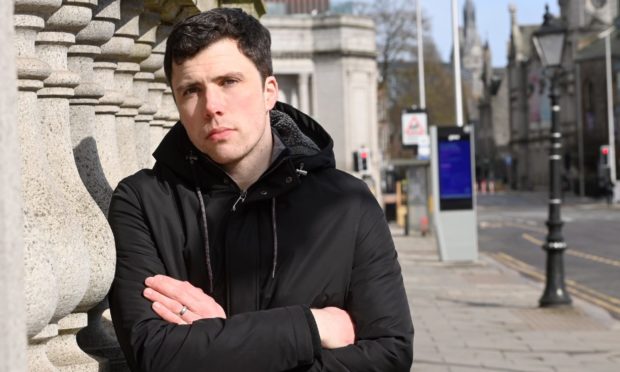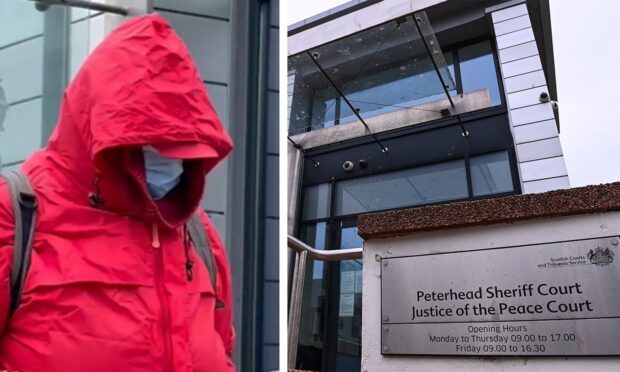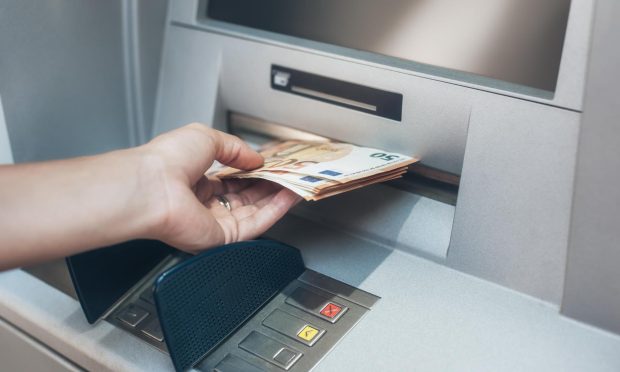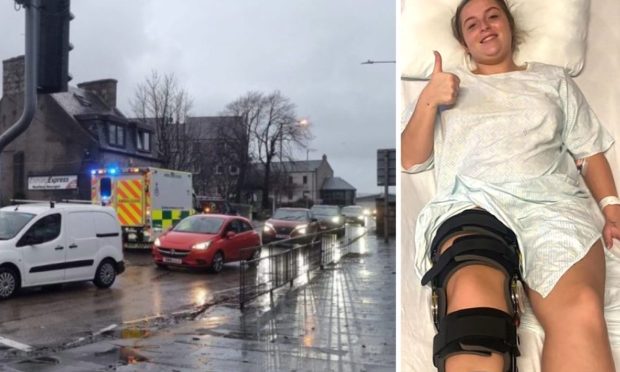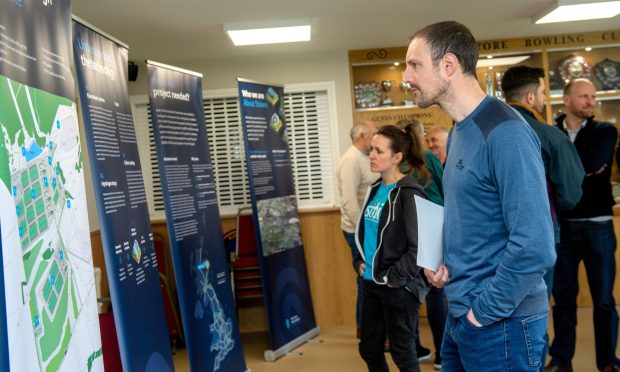Librarians, city wardens and bin collectors could be trained to administer lifesaving medication in Aberdeen after a “significant increase” in the number of suspected drug deaths in the city so far in 2021.
Health authorities last month put out an alert after more than 10 deaths were thought to be drug-related in March alone.
That figure is the equivalent of a quarter of the 44 recorded in Aberdeen in 2019 by National Records of Scotland.
Urgent warning issued after Aberdeen suffers 10 suspected drug-related deaths in a single month
Alarm was raised around those using multiple drugs, with particular concern around benzodiazepine abuse – though experts were quick to rule out that any of the recent deaths were due to a specific drug in circulation.
Health bosses estimate around 2,600 people are currently using opioids problematically.
The addictive drugs include heroin, methadone, morphine and other powerful prescription painkillers.
Across Scotland, the number of drug-related deaths has increased almost every year in the last two decades – culminating in the largest number ever recorded in 2019 – 1,264.
It was more than double the figure recorded only five years prior.
Aberdeen authorities have now announced plans for more of the council’s 8,000 public-facing staff to be trained to give out naloxone medication, which can temporarily reverse the effects of an opioid overdose.
NHS reveals 140 north-east overdose deaths prevented by life-saving drug
There are hopes the number of naloxone kits handed out to family and friends of drug users could be doubled as part of the awareness campaign – with the aim of lives being saved as a direct result of the work by September.
Council resources director Steve Whyte has identified frontline workers in libraries, housing, waste and facilities management as potential volunteers, with talks ongoing with unions over the plans to curb what he said was a “significant increase” in drug deaths.
“Hot spots” in Torry, George Street, Stockethill, Mastrick and Seaton will be part of the pilot scheme, which could later be adopted citywide.
Team leader of the Aberdeen Alcohol And Drugs Partnership, Simon Rayner, said: “A review of the geography of drug-related deaths in Aberdeen has been undertaken, showing that, while drug-related deaths have occurred in many areas of the city, there is clear evidence of clustering in areas including the city centre, Torry, Stockethill, Seaton and Garthdee.
“Further analysis, of all drug-related incidents attended by Scottish Ambulance Service and reports of discarded needles reported to the council, shows a similar geographical pattern.
“Whilst the majority of drug use and overdoses will occur within domestic settings further analysis is being undertaken to establish potential ‘hot spots’ within public areas of the city.”
Mr Rayner previously warned the pandemic was leaving vulnerable drug users unreachable, as they were some of the most likely in society not to have internet-connected technology.
Council vice staff governance convener Ryan Houghton, who represents hot spot George Street, said: “Any measure we can take to save lives is incredibly important.
“But it’s important this is done carefully, deliberately, with the welfare of those volunteering in mind, with feedback from trade unions and elected members as well.
“To make sure we get it right and can look after those in the worst situations but also our staff as well.
“People may not think of librarians and city wardens out on the street every day, coming across people in difficult circumstances who may well need naloxone to save their life, so we will support this, if it’s done with the welfare of staff in mind from the outset.”
Alcohol and drug support workers unable to reach all of Aberdeen’s most vulnerable due to pandemic
Aberdeen City Council began administering the lifesaver drug in 2014 in helping the homeless – but last year, despite its huge citywide presence, the local authority handed out only eight of 958 naloxone kits shared.
However, a change in the rules – brought about by limited access to specialist drugs services in the pandemic – now means more staff will be able to supply naloxone to save a life in an emergency – either by injection or nasal spray.
Council staff selected for the scheme would receive specialist training from the NHS.
In a briefing prepared for councillors, Mr Rayner added: “The main challenges in distributing naloxone kits to the wider population are barriers such as stigma in attending specialised services to access; asking a pharmacist for it; pronouncing the name of it; geographic ease of accessibility, lack of knowledge and awareness of availability.
“Of 958 naloxone kits distributed in 2020 only 50 were to family or significant others.”
If the pilot proves successful in saving lives and is adopted across Aberdeen, the city council would be the first Scottish local authority to introduce such a policy organisation-wide.
Aberdeen Alcohol And Drugs Partnership advice to reduce the risk of harm or death from using drugs:
- Test a small amount of any new substances or batches of new drug and wait to check how it affects you.
- The more substances taken, the higher the risk. This includes alcohol and prescribed medications.
- Wherever possible do not use alone so that someone is there to help if you need them.
- Learn to identify the signs of overdose, get a supply of naloxone and, most importantly, always call an ambulance.
Alcohol and Drugs Action offers a seven-days-a-week helpline on (freephone) 0333 3 448 355 or on 01224 594700 and can provide access to naloxone supply and other supports as required.
